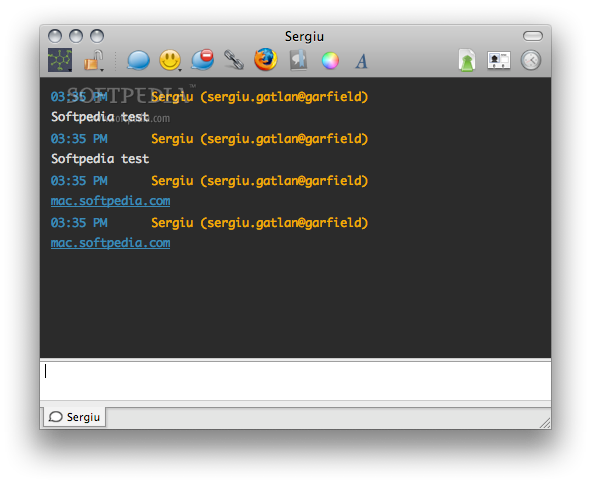

The prompt changes to MacBook:Documents Jon$. To change to a different working directory use the cd command like so: The working directory is the directory the shell will perform all commands in unless specifically told otherwise. This stands for Print Working Directory and on my machine outputs the path /Users/Jon.

ALL MAC TERMINAL COMMANDS FOR FILES FULL
To view the full path of the current directory, type: The ~ indicates that the current directory is my user directory. MacBook is the name of my machine, Jon is my username. Last login: Mon Jan 5 15:27:17 on ttys000 It doesn't matter if yours has a different value to mine.ĭirectory navigationYou will see something like this on screen: If you resize the window these numbers will change. Incidentally, if your title bar doesn't say "bash", type bash and press enter.Ĩ0x24 refers to the number of characters that can be displayed on screen at once - 80 horizontally and 24 vertically. There are various different shells available, each with minor differences. The title bar of my window says "Terminal - bash - 80x24".īash refers to the shell I am using. I find it useful to ctrl-click the dock icon and select Keep in Dock so it is always there for convenience, but this is up to you. Setting upFirst of all, open up the Terminal by navigating to /Applications/Utilities and double-clicking the Terminal application.
ALL MAC TERMINAL COMMANDS FOR FILES MAC OS
While most VFX houses use some form of Linux, Mac OS X's Terminal is almost identical with the exception of a small number of proprietary commands. If you are thinking of entering the visual effects industry, most employers will expect basic command-line knowledge and shell scripting abilities. And you don't even need to constantly type things either - you can write a shell script to perform a task and set it to run automatically. You can perform operations on a large number of files at once in a fraction of a second, saving a lot of time.Īlthough the GUI is prettier and more intuitive, constantly moving, clicking and dragging the mouse around the screen wastes time - not to mention that rendering the GUI takes away precious processing cycles from the operation you are trying to perform. It's really not that scary - in fact, it can actually be a very useful timesaving device. Getting to know the Terminal Part 1: Basic File OperationsThe Terminal is an application that drives fear into the heart of a lot of Mac users - an application they only dream of using in their worst possible nightmares.


 0 kommentar(er)
0 kommentar(er)
